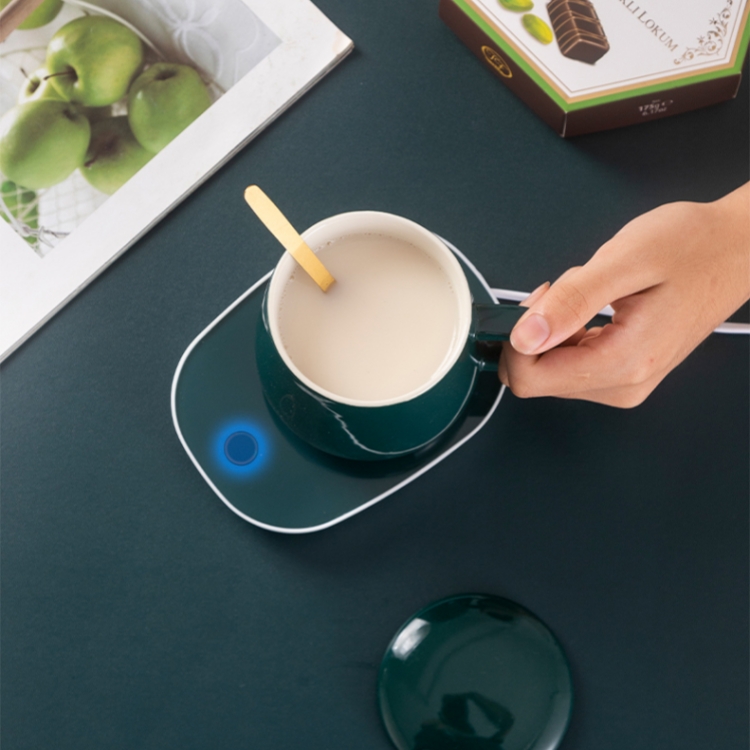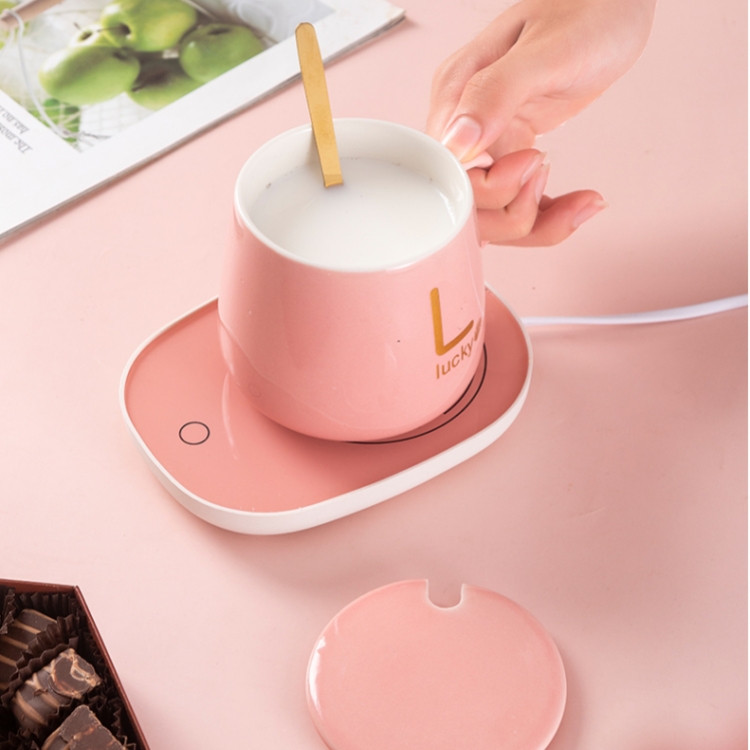
From Ceramic to Glass: Which Mugs Work Best with Coffee Warmer Coasters?
Coffee warmer coasters provide a convenient way to keep your morning brew hot and tasty. But not all mugs play well with coasters. The material

For many of us, coffee is an essential part of our morning routines. And coffee warmer coasters have become a popular way to keep our morning cups piping hot for longer.
But with many coaster models requiring electricity to warm our coffee, how much energy are these coasters actually using? Should you feel guilty about the energy consumed just to avoid lukewarm coffee?
Let’s take a detailed look at coffee coaster energy use, costs, and tips for minimizing your power consumption.

To understand their energy impact, we first need to understand how electric coffee warmer coasters function:
With a basic wattage rating, we can estimate your coaster’s potential energy consumption:
So a typical electric coaster running a few hours daily will realistically only add a few cents to your total monthly electric bill.
Several factors influence an individual coaster’s energy consumption:
Here are some additional ways to minimize the energy impact of your electric coffee coaster:

So while coasters do require electrical energy, their consumption is quite modest compared to many other household items.
If you want to minimize energy consumption, here are some alternative low-power and passive warmer options:
While electric coffee warmers do consume a small amount of energy, don’t feel too guilty! The convenience may be worth a few cents per month added to your bill.
Just be mindful of efficiency and consider lower power options if reducing energy use is a priority.
Before we delve into energy consumption, it’s essential to understand the science behind these devices. As mentioned, electric coffee warmer coasters use a resistive electrical heating coil, typically made from nichrome wire.
When electricity passes through this coil, it generates heat, which then warms the surface of the coaster—and consequently, your coffee.
With climate change becoming an increasingly pressing concern, many consumers are becoming more conscious of their energy consumption. So, how does the coffee warmer coaster stack up in terms of environmental impact?
While the energy consumption of a coffee warmer coaster is relatively low, it’s essential to consider the carbon footprint. If you’re using electricity generated from non-renewable sources, even small devices can contribute to greenhouse gas emissions. However, if your home uses renewable energy, the environmental impact is significantly reduced.
Modern manufacturers are increasingly focusing on sustainability. Some coffee warmer coasters are now made with eco-friendly materials, further reducing their environmental impact. When shopping for a coaster, look for those made from recycled or sustainable materials.
While the monetary cost of running a coffee warmer coaster is minimal, it’s essential to weigh this against the environmental cost. If you’re concerned about your carbon footprint, consider using your coaster sparingly or investing in a more energy-efficient model.
Beyond the traditional electric coffee warmer coaster, there are several alternative methods to keep your coffee hot:

As technology continues to advance, we can expect to see even more energy-efficient coffee warmer coasters on the market. Innovations may include solar-powered coasters, coasters that harness the heat from other devices (like computers), and even coasters that use kinetic energy from your movements.
Coffee warmer coasters are a convenient solution to a common problem. While they do consume energy, their impact is relatively minimal, especially when compared to other household devices.
By being mindful of your usage and investing in energy-efficient models, you can enjoy hot coffee without the guilt. Remember, every small step counts towards a more sustainable future!


Coffee warmer coasters provide a convenient way to keep your morning brew hot and tasty. But not all mugs play well with coasters. The material

Coffee warmer coasters provide a convenient way to keep your morning brew hot and tasty. But many standard coasters aren’t the most eco-friendly options. Cheap

Coffee is best enjoyed when it’s hot and fresh. But often, we don’t finish our morning coffee before it starts cooling down and loses its

Coffee warmer coasters provide great convenience by keeping your morning coffee or tea hot longer. But like any frequently used appliance, coasters are prone to

Coffee warmer coasters provide a convenient way to keep your morning brew hot and tasty. But not all mugs play well with coasters. The material

Coffee warmer coasters provide a convenient way to keep your morning brew hot and tasty. But many standard coasters aren’t the most eco-friendly options. Cheap

Coffee is best enjoyed when it’s hot and fresh. But often, we don’t finish our morning coffee before it starts cooling down and loses its

Coffee warmer coasters provide great convenience by keeping your morning coffee or tea hot longer. But like any frequently used appliance, coasters are prone to
Copyright © 2024 coffeewarmercoaster. All Rights Reserved.